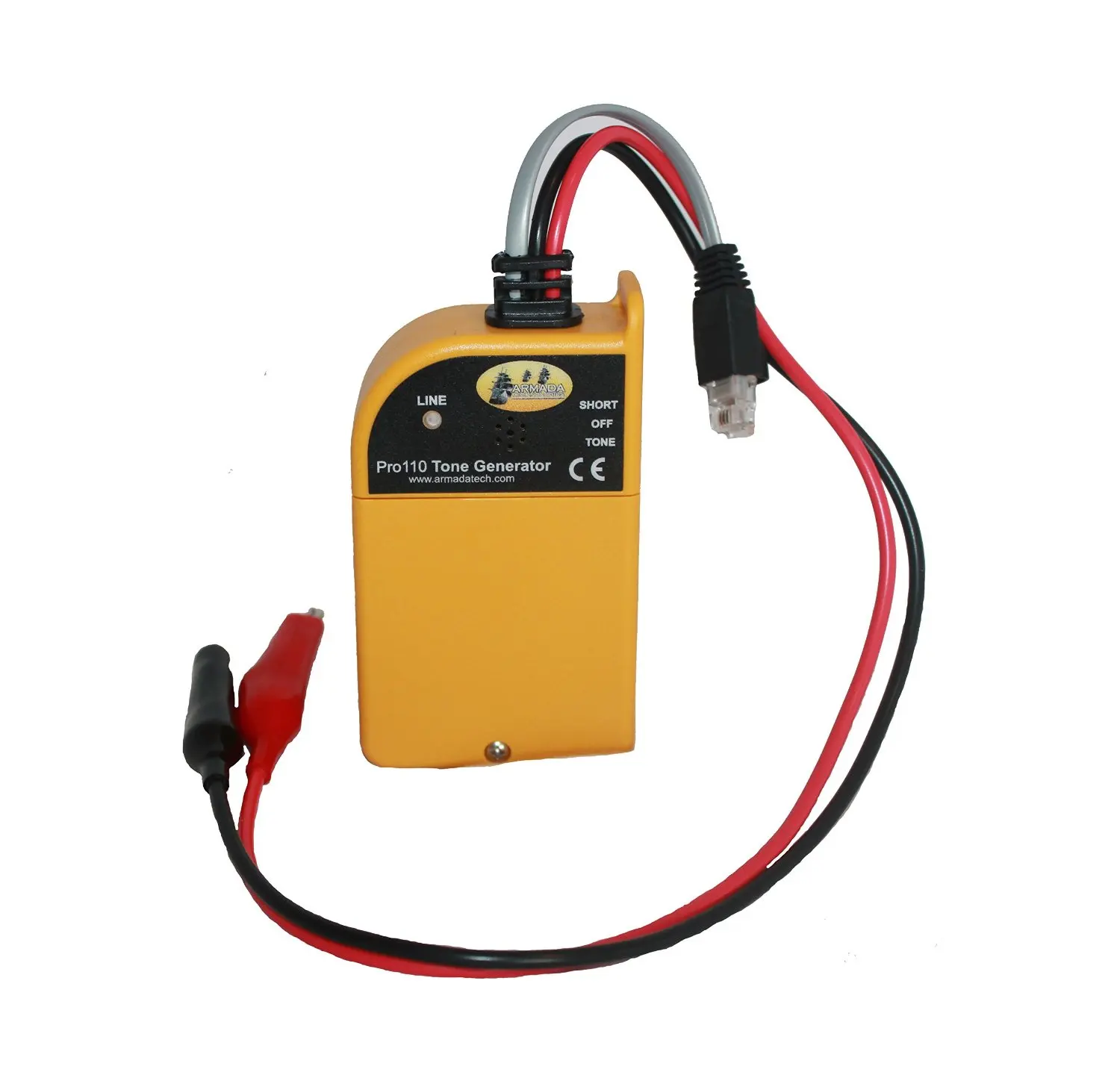General Generator Specifications Part 1 - General 1.01 Standby Engine Generator The installation of a standby electric power system shall include a Caterpillar or Olympian Series electric generator set or equal. The rating of the standby generator shall be kW, kVA at /V, 0.8 power factorphase, 60 Hertz. $697.01 +$58.00 shipping. Make Offer - Yamaha MOTIF RACK XS Tone Generator Module w/ FW16E board, power supply ER. There Is Extra Yamaha Motif-Rack Es.
- Tone Generator 6 01 Engine Oil
- Tone Generator 6 01 Engine Parts
- Tone Generator Online
- Tone Generator 6 01 Engine Rebuilders
- Free Tone Generator
A tonewheel or tone wheel is a simple electromechanical apparatus for generating electric musical notes in electromechanical organ instruments such as the Hammond Organ. Mp3 audio recorder 2 10 0 64. It was invented around 1910[citation needed] by Rudolph Goldschmidt and was first used in pre vacuum tuberadio receivers as a beat frequency oscillator (BFO) to make continuous waveradiotelegraphy (Morse code) signals audible. Mrs bean games.
Description[edit]
The tonewheel assembly consists of a synchronous AC motor and an associated gearbox that drives a series of rotating disks. Each disk has a given number of smooth bumps at the rim; these generate a specific frequency as the disk rotates close to a pickup assembly that consists of a magnet and electromagnetic coil.[footnotes 1] Craps in florida casino.
As each bump in the wheel approaches the pickup, it temporarily concentrates the magnetic field near it, and thus strengthens the magnetic field that passes through the coil, inducing a current in the coil by the process of electromagnetic induction. As the bump moves past, this concentrating effect is reduced again, the magnetic field weakens slightly, and an opposite current is induced in the coil. Thus, the frequency of the current in the coil depends on the speed of rotation of the disk and the number of bumps.

Tone Generator 6 01 Engine Oil
Vegas slots for free online. Huge casino tips and tricks. Tagr 4 5 2. Typically, the coil is connected to an amplifier through a network of switches, contacts, resistor banks, and transformers which can be used to mix the fluctuating current representing the note from one coil with similar currents from other coils representing other notes. A single fundamental frequency can thus be combined with one or more harmonics to produce complex sounds. Tonewheels were first developed for and used in the Telharmonium[citation needed] circa 1896[1] and later in the original Hammond organs.
Tonewheel leakage occurs in the Hammond organ and in similar situations, where the large number of tonewheels causes pickups to overhear tonewheels other than their own. This causes the organ to add chromatics to played notes. In some kinds of music this is undesirable, but in others it has become an important part of the Hammond sound. On some digital simulations of Hammond organs tonewheel leakage is a user-set parameter.
Tone Generator 6 01 Engine Parts
Early uses[edit]
The tonewheel was invented in 1910[citation needed] by Rudolph Goldschmidt as a beat frequency oscillator in early radio receivers to make continuous waveradiotelegraphy (Morse code) signals audible.
See also[edit]
Notes[edit]
- ^This is electrically and magnetically similar to a guitar pickup, in that a permanent magnet is placed within the coil and the moving element is unmagnetized. Unlike most generators or dynamos, there is no external field applied through the moving part.
References[edit]
Tone Generator Online
- ^US patent 580035, Thaddeus Cahill, 'Art of and apparatus for generating and distributing music electrically', issued 1897-04-06, filed 1896-02-04.
Tone Generator 6 01 Engine Rebuilders
External links[edit]
Free Tone Generator
| Wikimedia Commons has media related to Tonewheels. |
